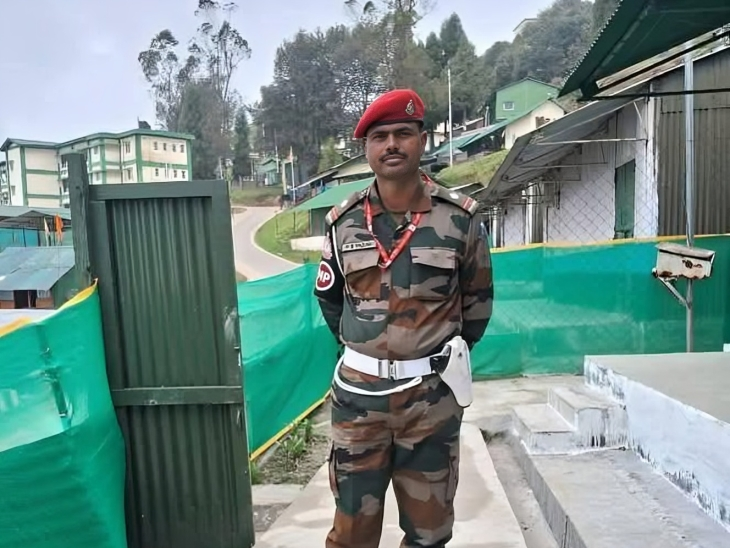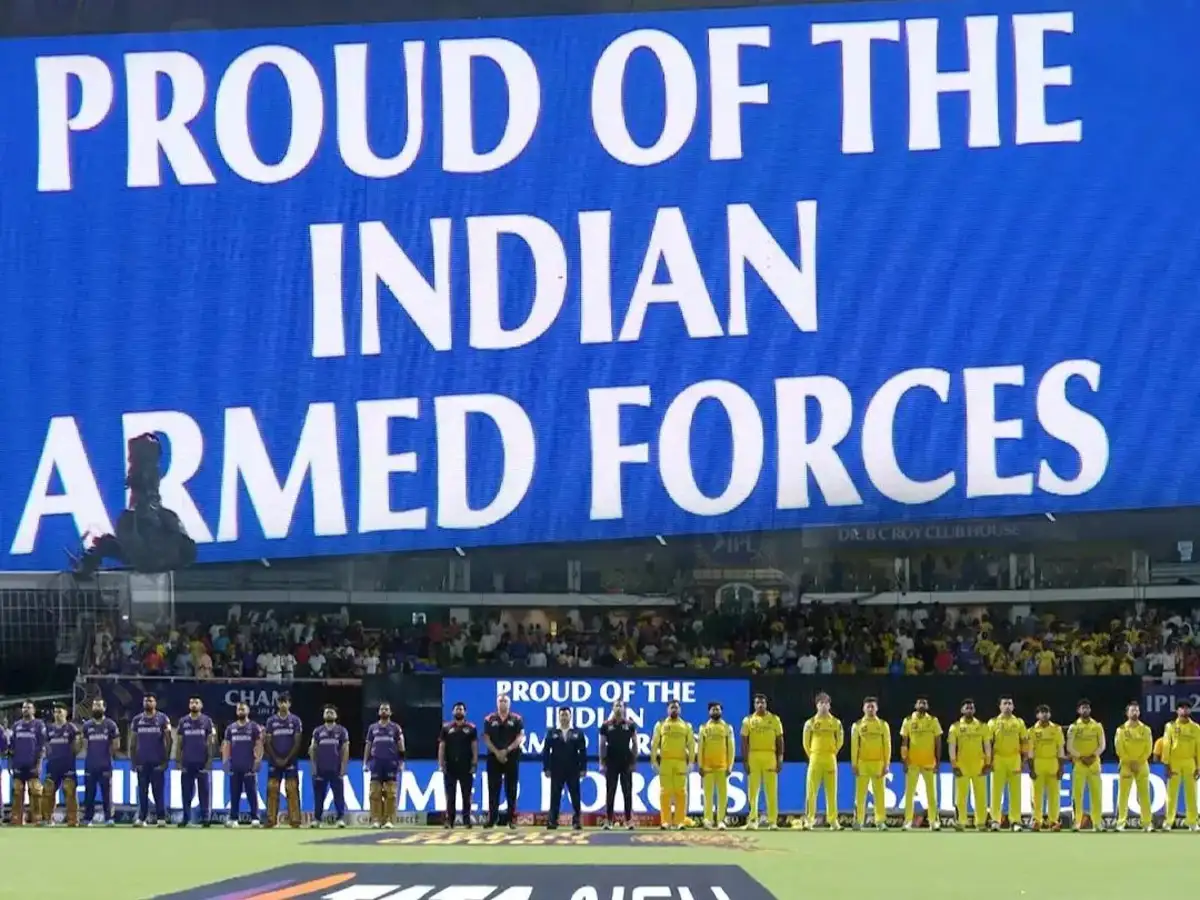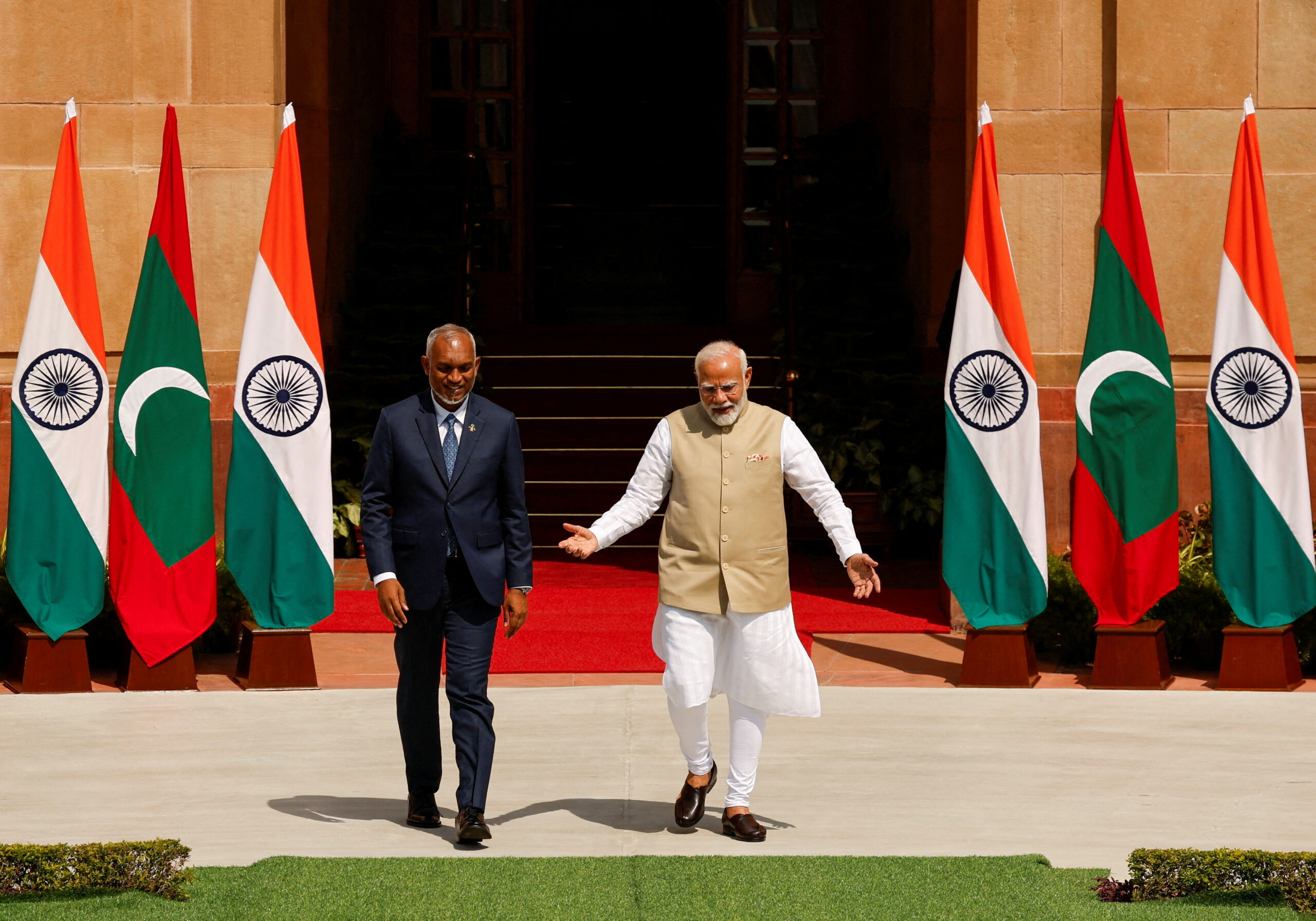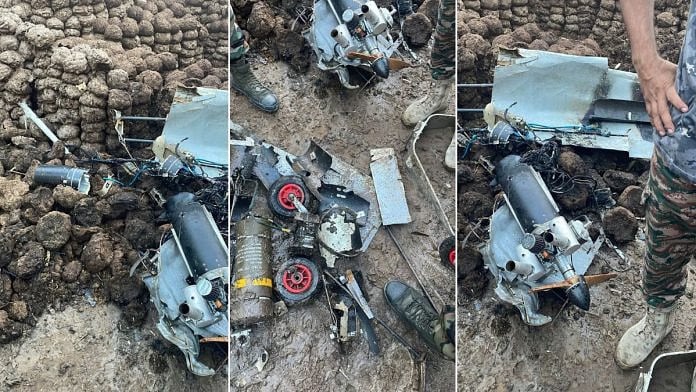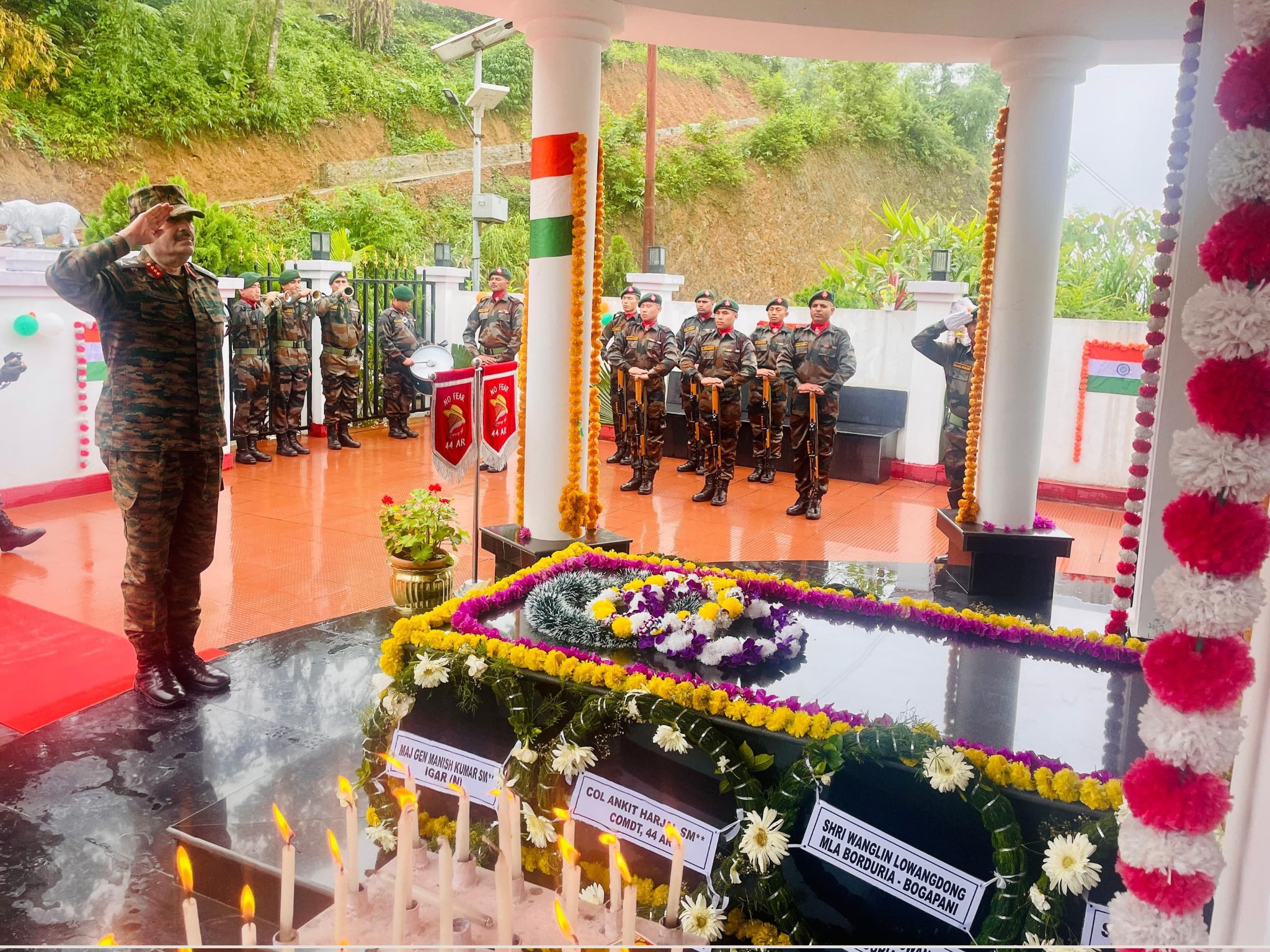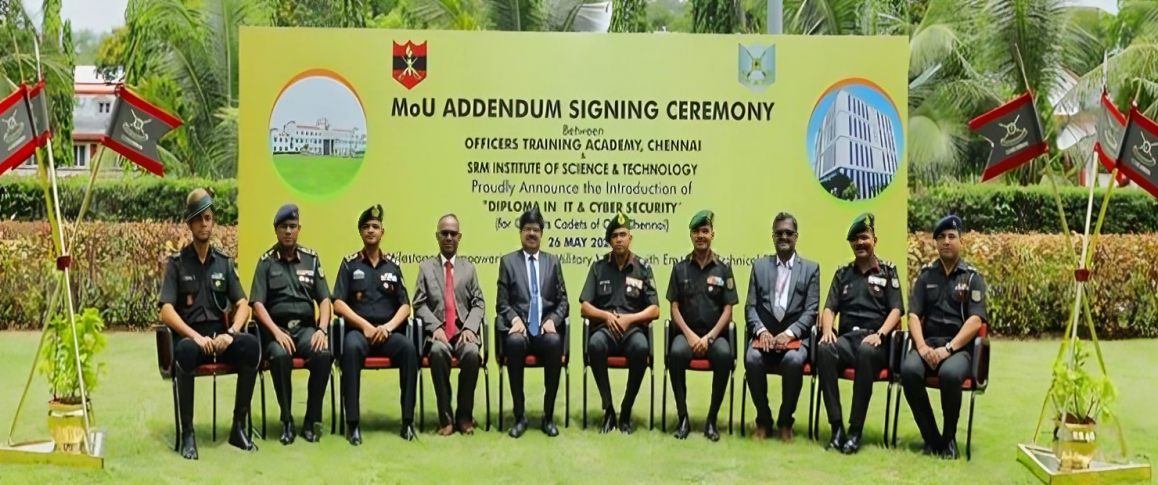Naib Subedar PS Yadav from Uttar Pradesh Killed in Landslide
In a tragic incident, Naib Subedar PS Yadav of the Indian Army’s Corps of Military Police lost his life due…
IPL 2025 Closing Ceremony to Honour Indian Armed Forces for Operation Sindoor Victory
The Board of Control for Cricket in India (BCCI) has announced that the Indian Premier League (IPL) 2025 closing ceremony,…
India and Maldives Discuss Defence and Security Cooperation in Delhi Meeting
The second meeting of the High-Level Core Group (HLCG) between India and the Maldives was held in New Delhi, advancing…
Indian Forces Thwart 413 Drone Attacks in Rajasthan During Operation Sindoor Conflict As Per BSF
During the intense military standoff known as Operation Sindoor, Indian forces successfully thwarted 413 drone attacks targeting Rajasthan, marking one…
GOC Spear Corps Pays Tribute to Ashok Chakra Awardee Havildar Hangpan Dada
In a heartfelt ceremony marking the ninth anniversary of Havildar Hangpan Dada’s heroic sacrifice, Lieutenant General Abhijit S Pendharkar, General…
OTA Chennai and SRM Launch Diploma Program in IT and Cyber Security for Cadets
In a significant step toward modernizing military training, the Officers Training Academy (OTA) in Chennai has signed an addendum to…

